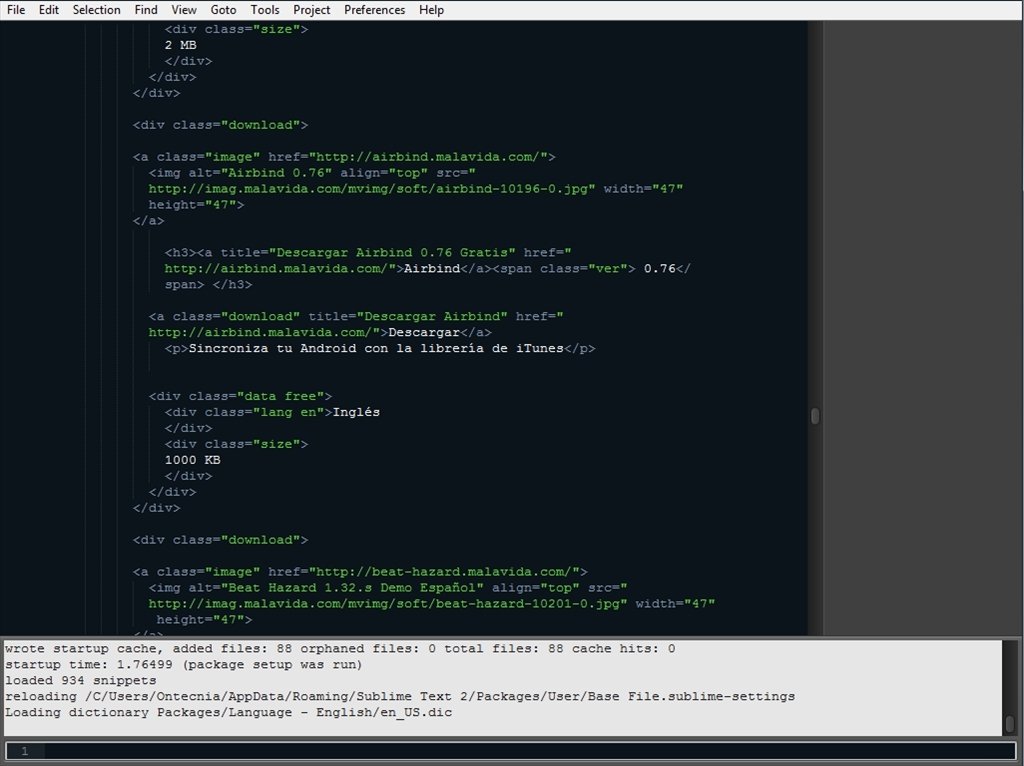
The phoneme ħ is only used by Assyrian-speakers under larger Arabic influence.


It is currently used for writing Arabic liturgical texts amongst the Syriac-speaking Christians. Garshuni texts are Arabic written in the Syriac script. Madnhaya is used for East Syriac and Swadaya (Aramaic) texts, and in West Syriac texts for headers, titles and subtitles.Serto is used in West Syriac texts, Turoyo, and Garshuni (Arabic written with Syriac).It's also the current standard for Western scholarship. West and East Syriac text uses it for headers, titles, and subtitles. All ancient manuscripts used Estrangelo.The Syriac language itself has two dialects, which are very similar, with almost no differences in grammar or vocabulary, but there are differences in pronunciation. Syriac is used for a number of languages. Character counts exclude ASCII characters.) See the table to the right for a brief overview of features for the Syriac orthography as used for the Syriac language. The script relies mostly on consonant sounds to write words, although in Modern Aramaic written in Syriac vowel sounds tend to be written using diacritics, making it more like an alphabetic script. In addition to Semitic languages, Sogdian was also written with Syriac script, as well as Malayalam, which form was called Suriyani Malayalam. Besides Aramaic, when Arabic began to be the dominant spoken language in the Fertile Crescent after the Islamic conquest, texts were often written in Arabic using the Syriac script as knowledge of the Arabic alphabet was not yet widespread such writings are usually called Karshuni or Garshuni ( ܓܪܫܘܢܝ).

The Serṭā variant specifically has recently been adapted to write Western Neo-Aramaic, traditionally written in a square Aramaic script closely related to the Hebrew alphabet. Several Christian Neo-Aramaic languages from Turoyo to the Northeastern Neo-Aramaic dialects of Assyrian and Chaldean, once vernaculars, primarily began to be written in the 19th century. It is one of the Semitic abjads descending from the Aramaic alphabet through the Palmyrene alphabet, and it shares similarities with the Phoenician, Hebrew, Arabic and the traditional Mongolian scripts.Īpart from Classical Syriac Aramaic, the alphabet has been used to write other dialects and languages. The Syriac alphabet is a writing system primarily used to write the Syriac language from the 1st century AD.


 0 kommentar(er)
0 kommentar(er)
